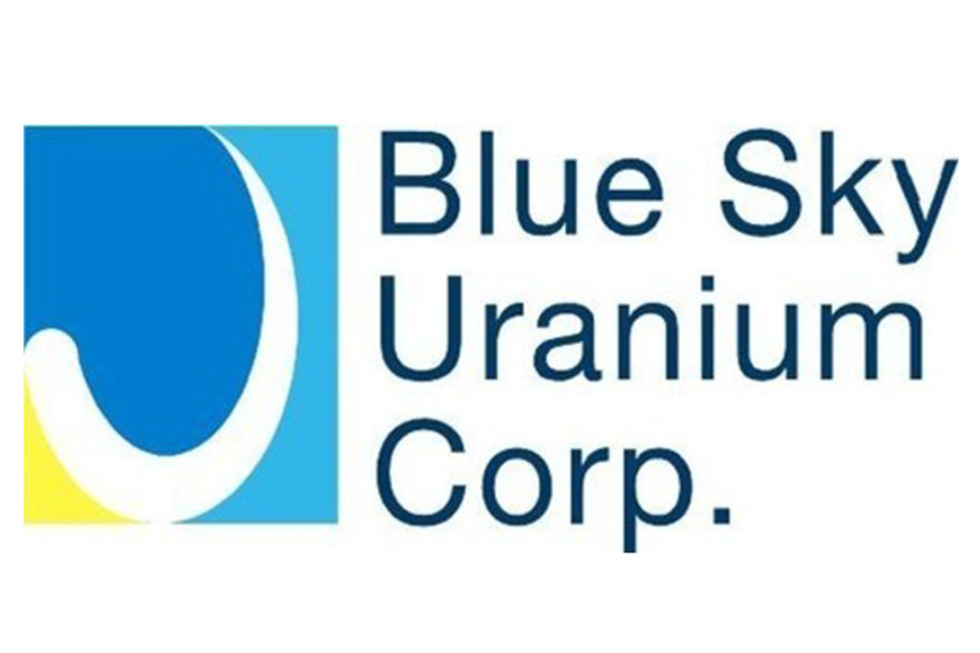Fission Uranium Announces New High Grade Zone at Paterson Lake South

Fission Uranium (TSX:FCU) has announced that its exploration drilling has resulted in the discovery of a new high grade zone at its Paterson Lake South property in the Athabasca Basin. As quoted in the press release: The zone is located along the western strike extension of the Patterson Lake Corridor, west of both the Triple …
Fission Uranium (TSX:FCU) has announced that its exploration drilling has resulted in the discovery of a new high grade zone at its Paterson Lake South property in the Athabasca Basin.
As quoted in the press release:
The zone is located along the western strike extension of the Patterson Lake Corridor, west of both the Triple R deposit and the R840W zone. The discovery of the new high-grade zone is marked by hole PLS17-539, which has intersected 32.0m of total composite mineralization, including a 31.0m wide continuously mineralized interval including a total composite of 0.77m of radioactivity >10,000 cps (with a peak of 22,300 cps). The hole is located on line 1515W, approximately 510m west of the western-most mineralized hole on the high-grade, near-surface R840W zone.
Drilling Highlights Include:
- New zone – R1515W – discovered by regional exploration drilling approximately 510m west of the high-grade, near-surface R840W zone
- Western Extension includes 180m of strike length of anomalous radioactivity (1485W to 1515W): 3 additional core holes and 4 reverse circulation “RC” holes intersected anomalous radioactivity associated with hydrothermal alteration between lines 1485W and 1665W including hole PLS17-539 (line 1515W):
- 32.0m total composite mineralization over a 87.5m section (between 134.5m to 222.0m), including
- 31.0m of continuous mineralization (191.0m to 222.0m), including
- 0.77m total composite >10,000 cps
- Expansion of the Athabasca Basin’s largest high-grade mineralized trend to 3.14km: Fission has now extended the PLS high-grade mineralized trend from 2.63km to 3.14km, which is larger in strike length than any other mineralized trend in the region





